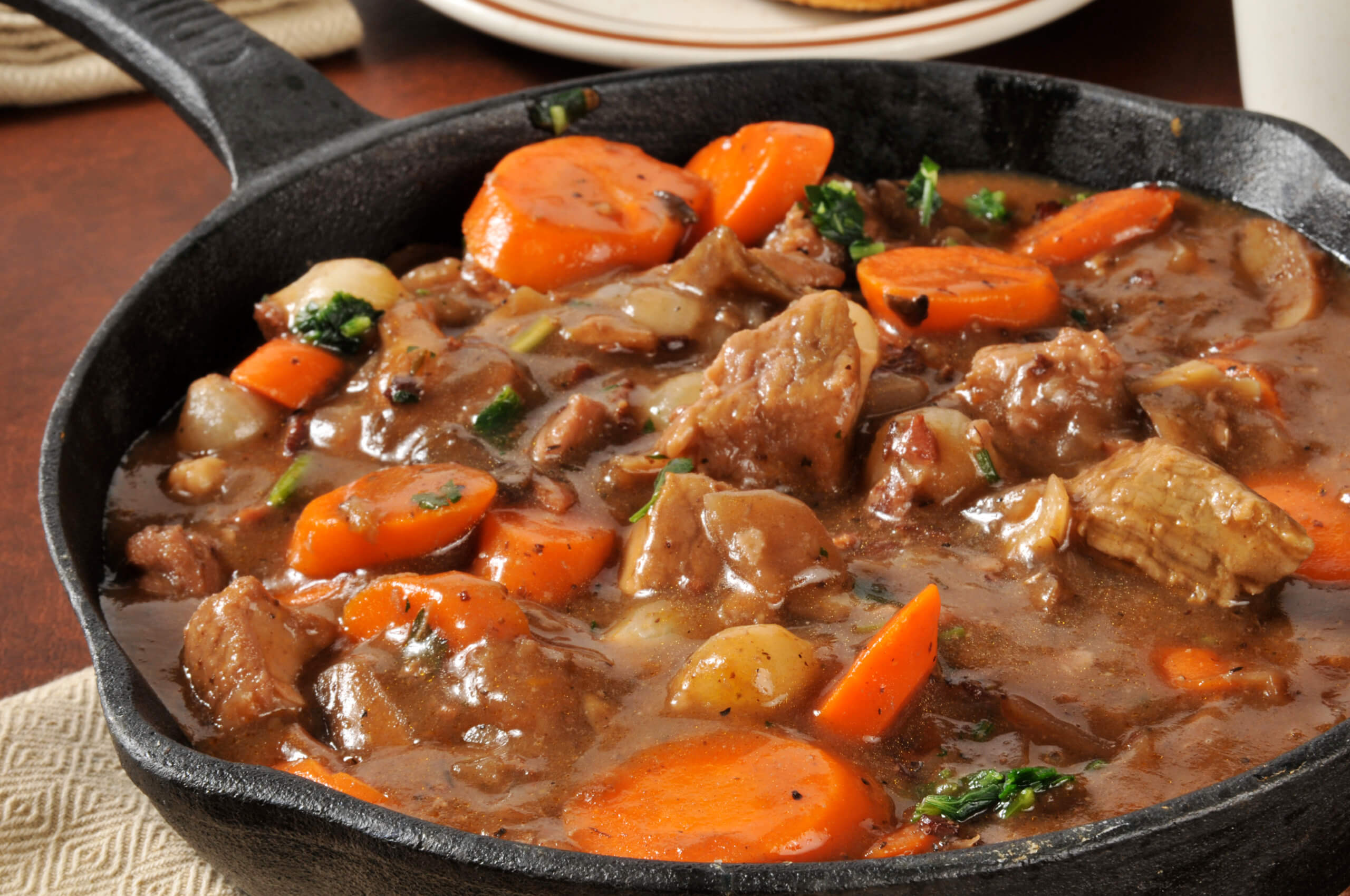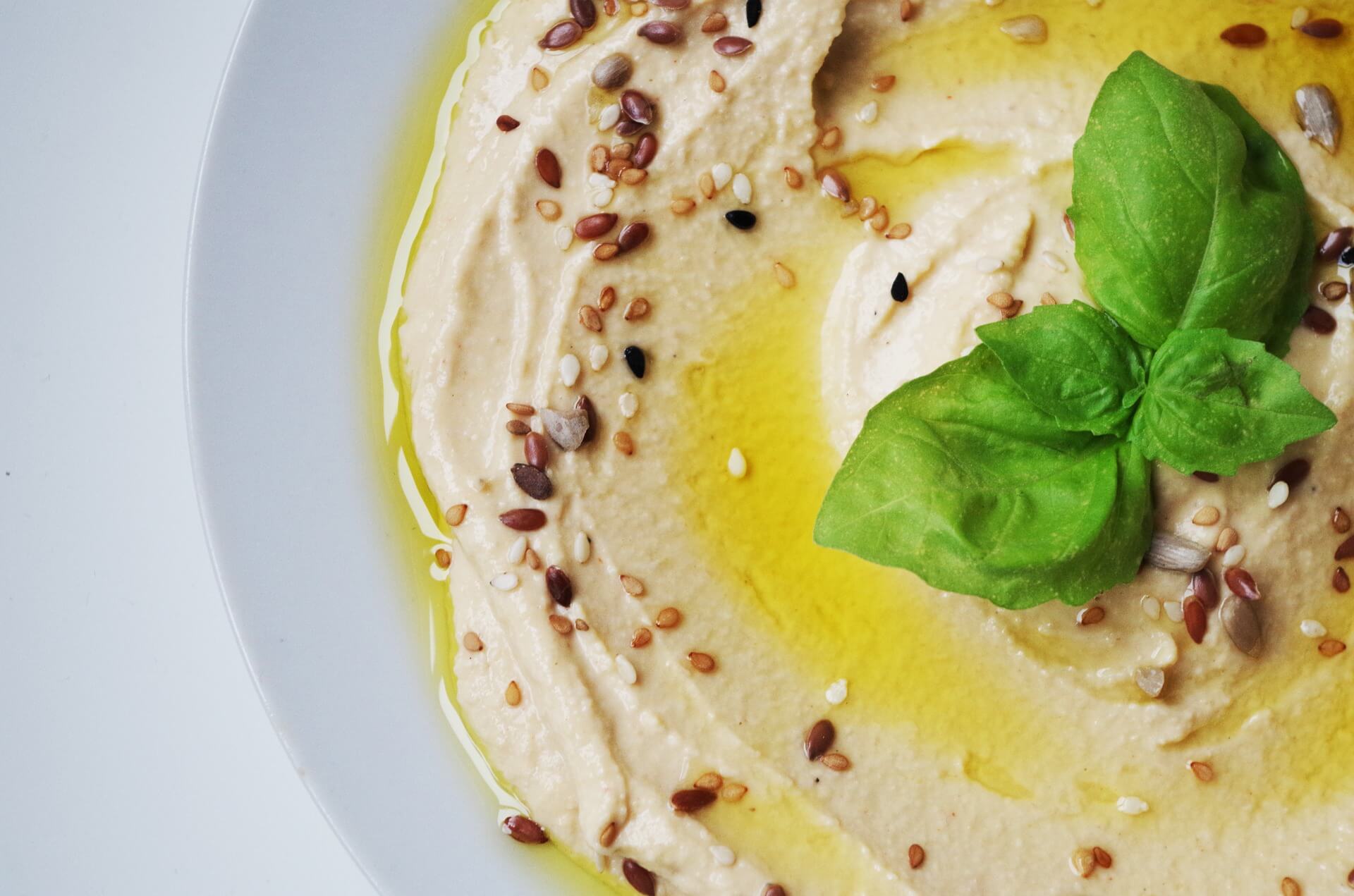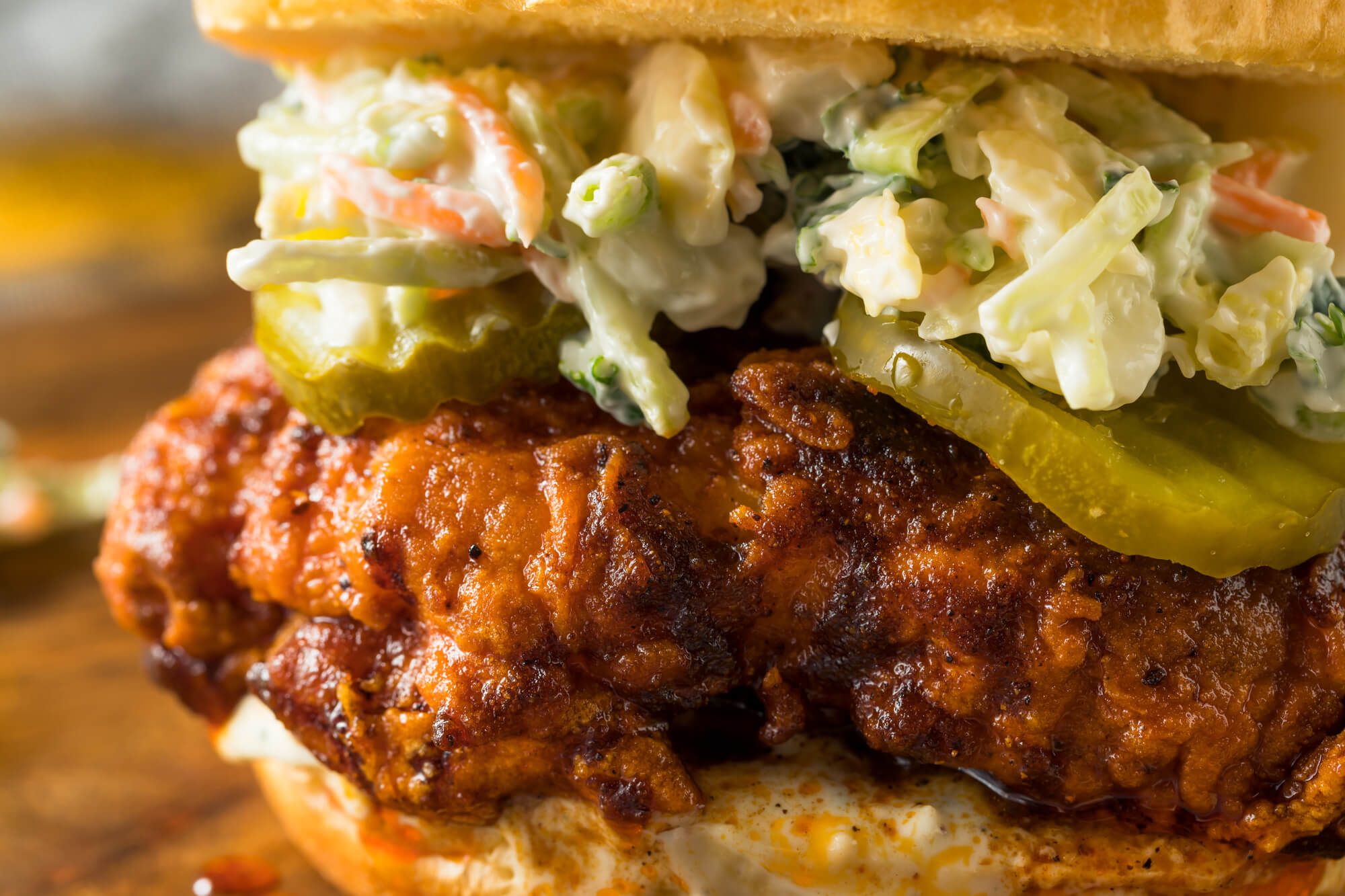In season six of Anthony Bourdain’s famous show No Reservations, which aired on the Travel Channel, Bourdain took us beyond the camera and into kitchen. Co-starring famous chefs like Thomas Keller and Jacques Pepin, the “Techniques” episode gave a glimpse of what it really takes to be a good home chef, and some of the basic techniques and recipes one should master – including the French classic Boeuf Bourguignon.
In the episode, Bourdain cooks up his own Boeuf Bourguignon recipe in the kitchen at the now-closed Les Halles in New York – the same Les Halles Bourdain worked at until his emergence into stardom on the Food Network, and later the Travel Channel.
This Boeuf Bourguignon recipe isn’t complicated. It doesn’t require any particular difficult-to-master skills, and the ingredients are in any grocery store. So, below is a breakdown of Bourdain’s recipe from this unique episode that really spawned the idea that the mastery taking places in world-class kitchens is attainable for us home chefs as well!
Ingredients
2 pounds boneless beef shoulder, cut into cubes
Sea salt
Freshly ground black pepper
1/3 cup olive oil
4 medium onions, sliced thin
2 tablespoons flour
2 cups red wine (burgundy preferred)
6 medium carrots, peeled and cut into 1-inch pieces
1 clove garlic
1 bouquet garni (tied herbs, including thyme, bay, and parsley)
Chopped parsley
Water
Directions
Generously season the meat with salt and pepper.
In a Dutch oven over high heat, heat the oil until shimmering. Add the meat in several batches and sear on all sides until well browned (not gray). Don’t move the meat much, let it get a nice sear.
If you add too much meat in the pot at once, you’ll steam, instead of sear, the meat. Transfer the meat to a plate once well browned.
Reduce the heat to medium-high and add the onions to the pot. Cook, stirring from time to time, until the onions have softened and turn golden, about 10 minutes.
Sprinkle the flour on top and cook, stirring occasionally, until thickened, 4 to 5 minutes. Add the wine and, using a wooden spoon, stir, scraping up all the browned bits (fond) off the bottom of the pot.
Once the wine starts to boil, return the meat and its accumulated juices to the pot, along with the carrots, garlic and the bouquet garni.
Add just enough water (and two big spoons of demi-glace, if you have it) so that the liquid covers the meat by one-third — meaning you want a ratio of 3 parts liquid to 2 parts meat. This is a stew, so you’ll need plenty of liquid even after it cooks down and reduces.
Bring to a boil, then reduce the heat to medium-low; cook, uncovered until the meat is tender, about 2 hours.
Be sure to check on the stew every 15 to 20 minutes, stirring and scraping the bottom of the pot to prevent scorching or sticking.
Skim off any foam, scum or oil that might accumulate on the surface.
When the stew is done, discard the bouquet garni, add the chopped parsley to the pot and serve.





Audrey
April 4, 2020 at 3:52 pmAh!!! Boeuf Bourguignon, we recently went to Paris and to be honest, I think I ate Boeuf Bourguignon pretty much every day! The quintessence of French food, absolutely divine with a glass of wine AND fresh baked bread. I always thought it was complicated to cook, thanks for your recipe! Now I have the perfect excuse to purchase the cute pink Le Creuset dutch oven!
Justin & Tracy
April 7, 2020 at 1:49 pmIt’s one of our favorite dishes, makes the house smell amazing, and really isn’t hard to cook at all!
Shirley
February 7, 2021 at 4:44 pmIn every other version of this recipe they use 1 cup of wine but yours states 2 cups? Is there a reason for the additional wine?
Justin & Tracy
March 22, 2021 at 10:38 pmGood question – I like to reduce it longer. When I saw him do the recipe, you can tell that between takes they’re adding a little wine to keep it from drying out. It’s 1 cup for the cameras, closer to 2 in reality 🙂